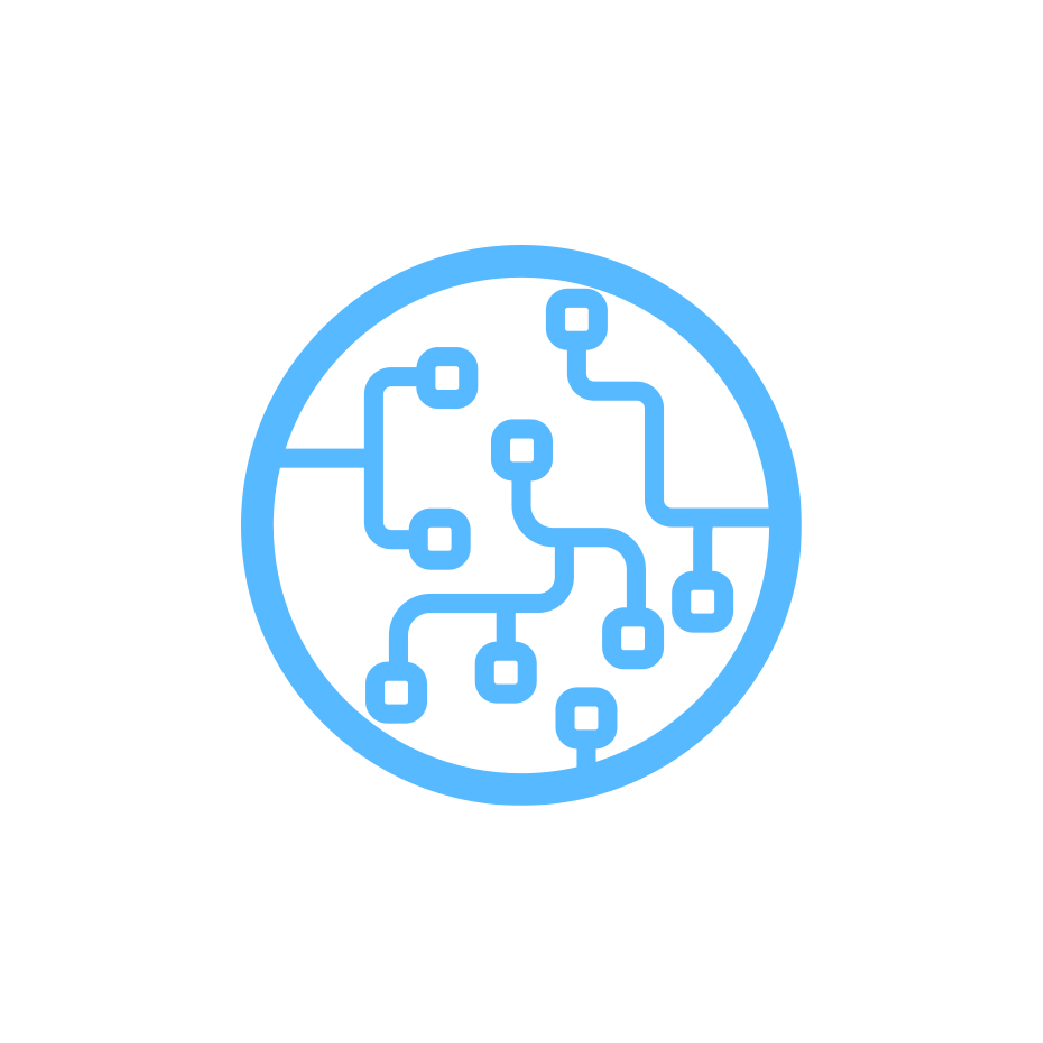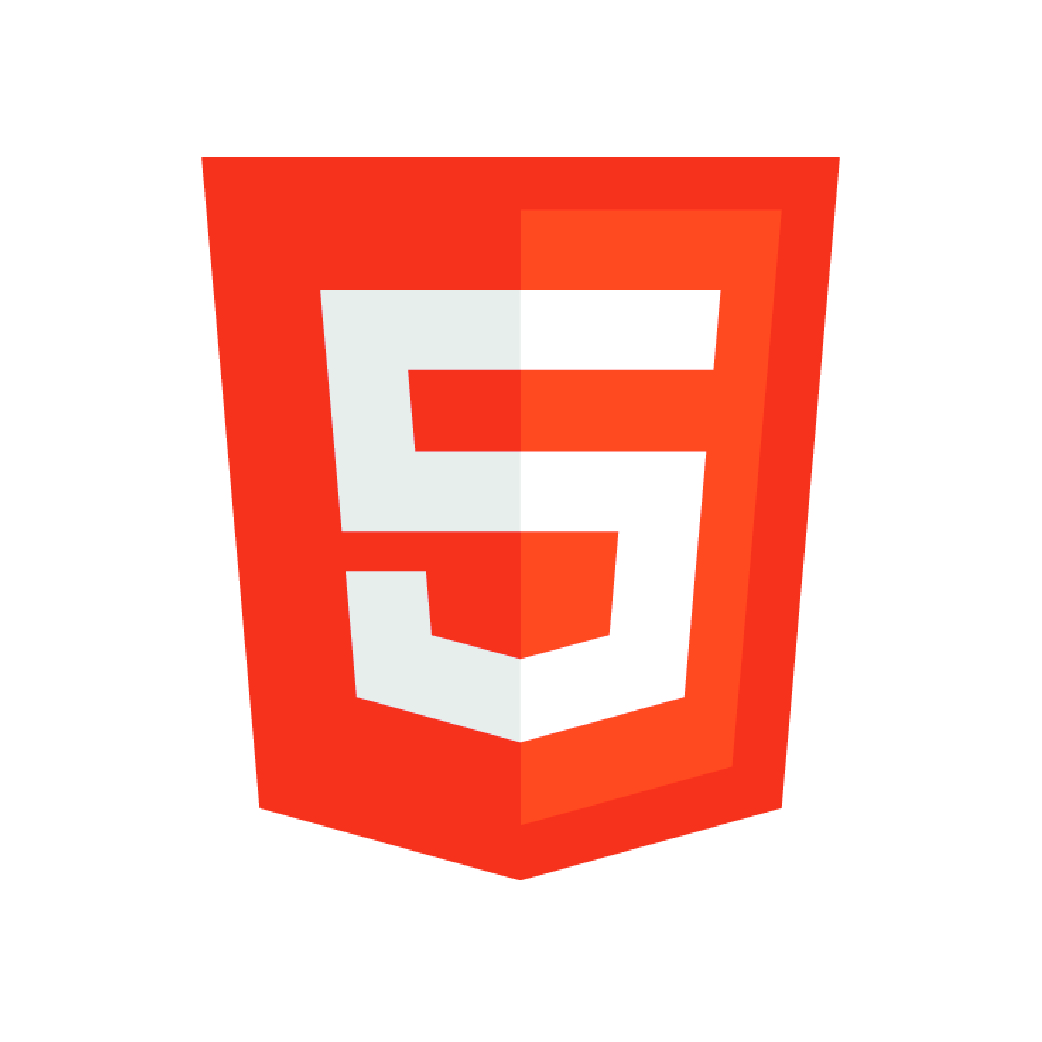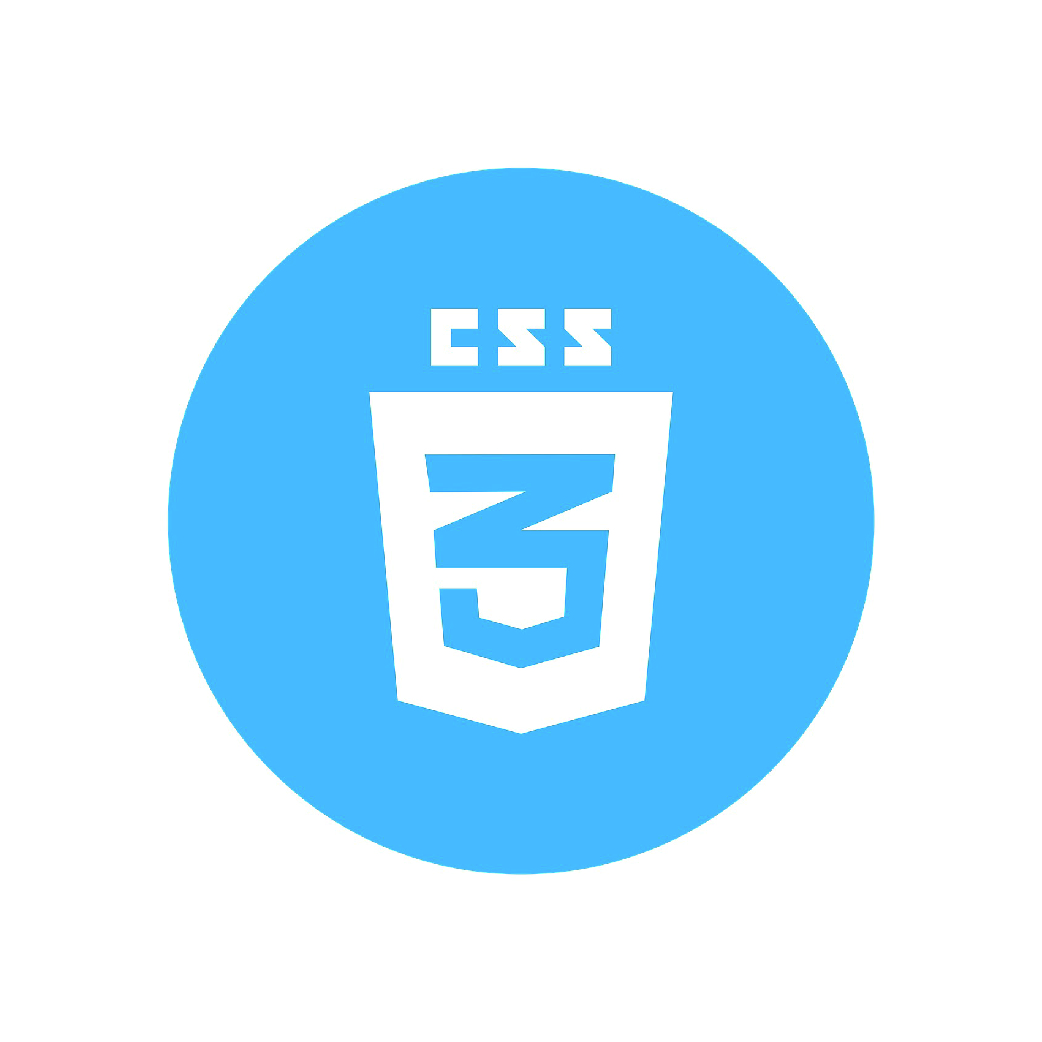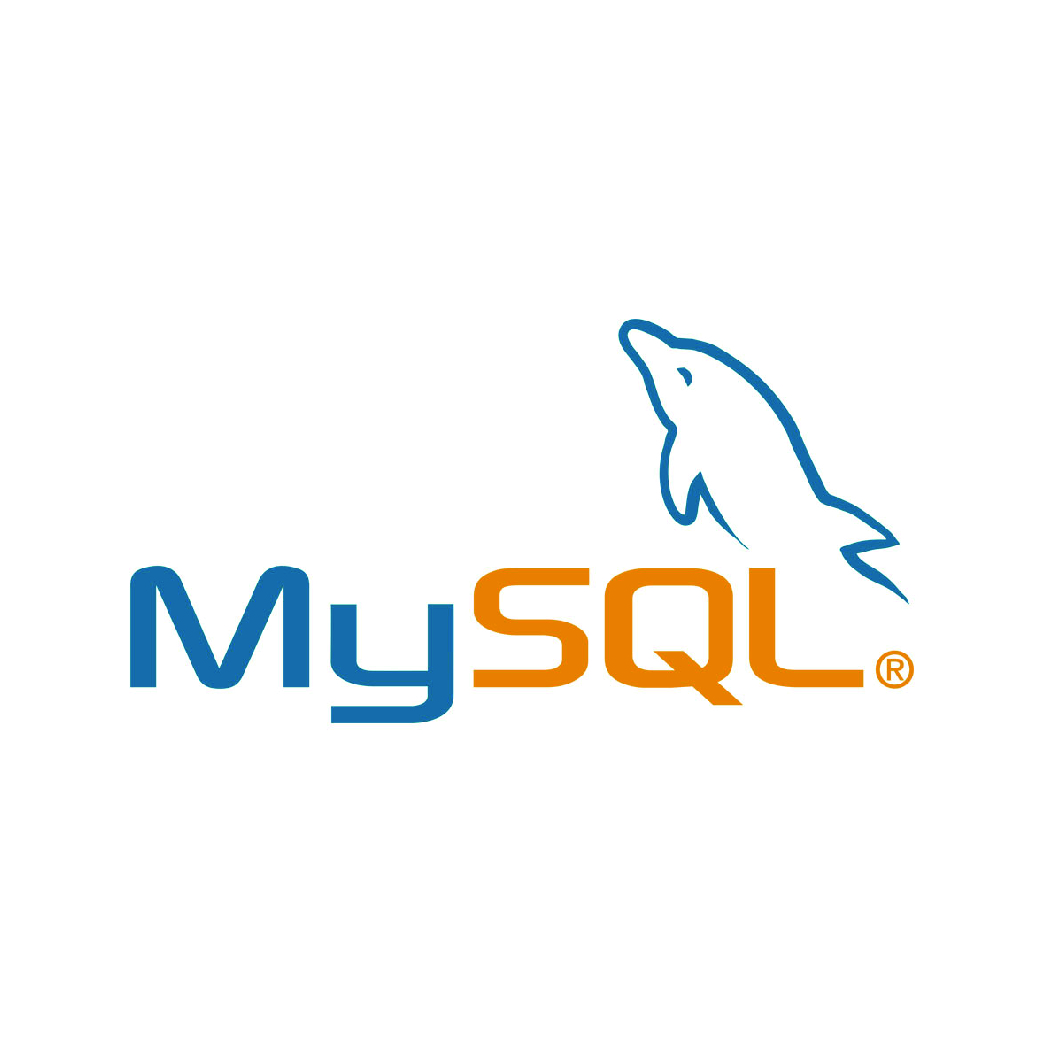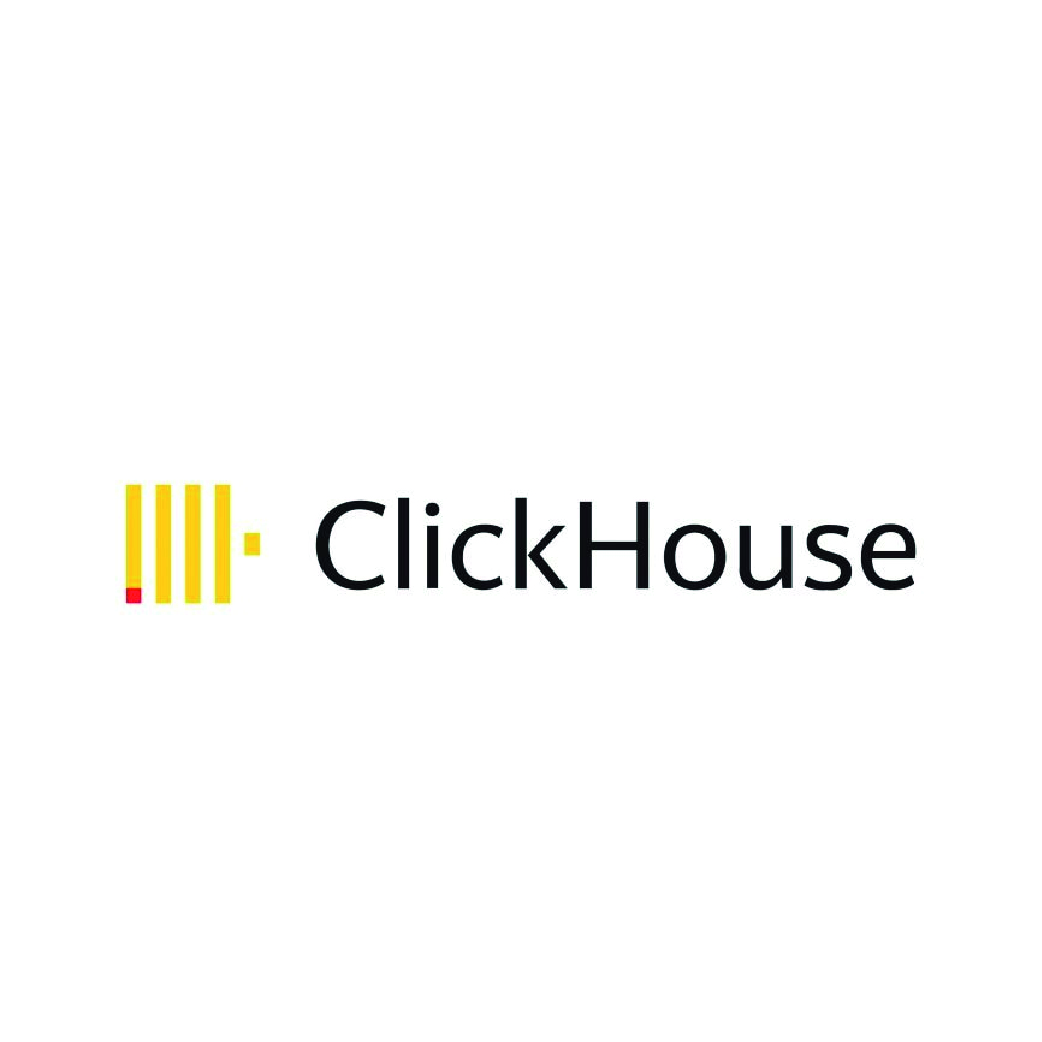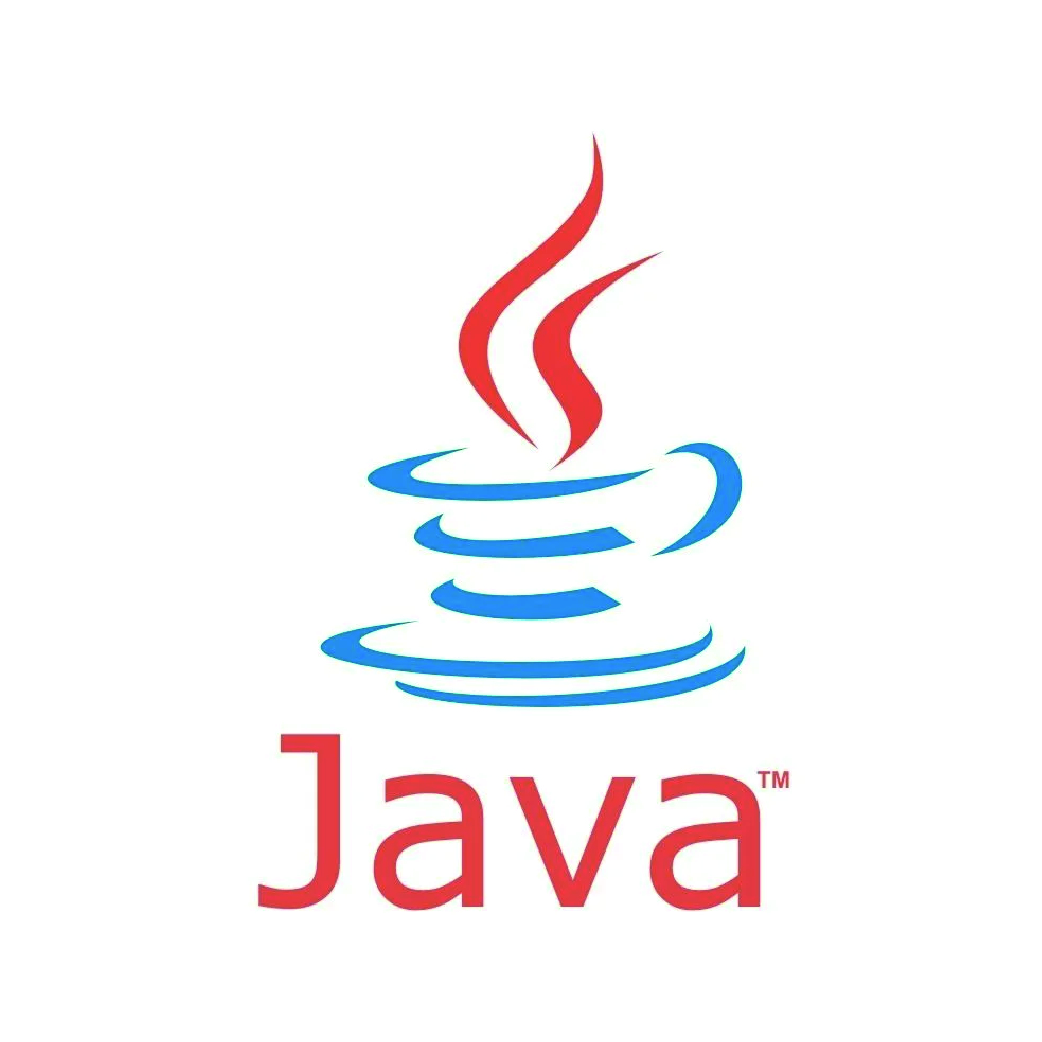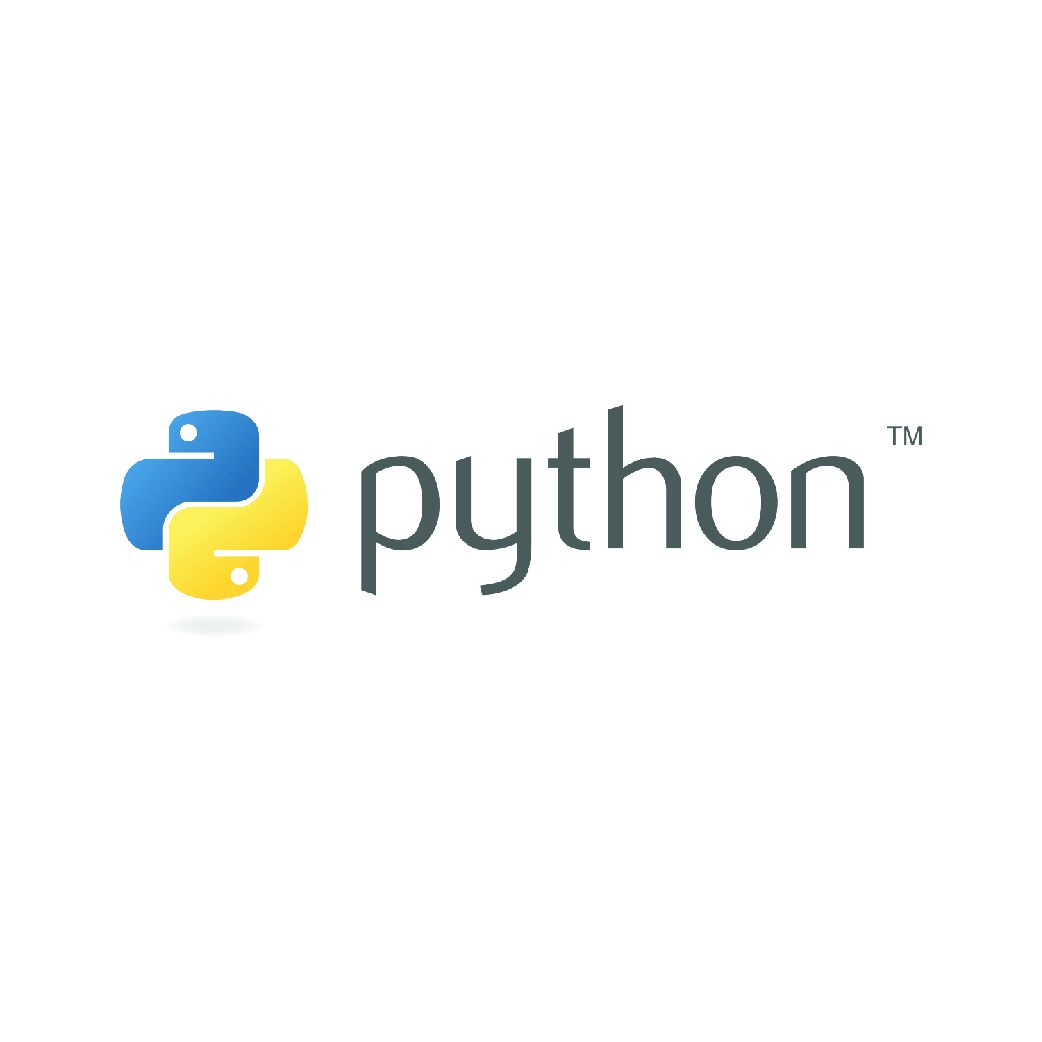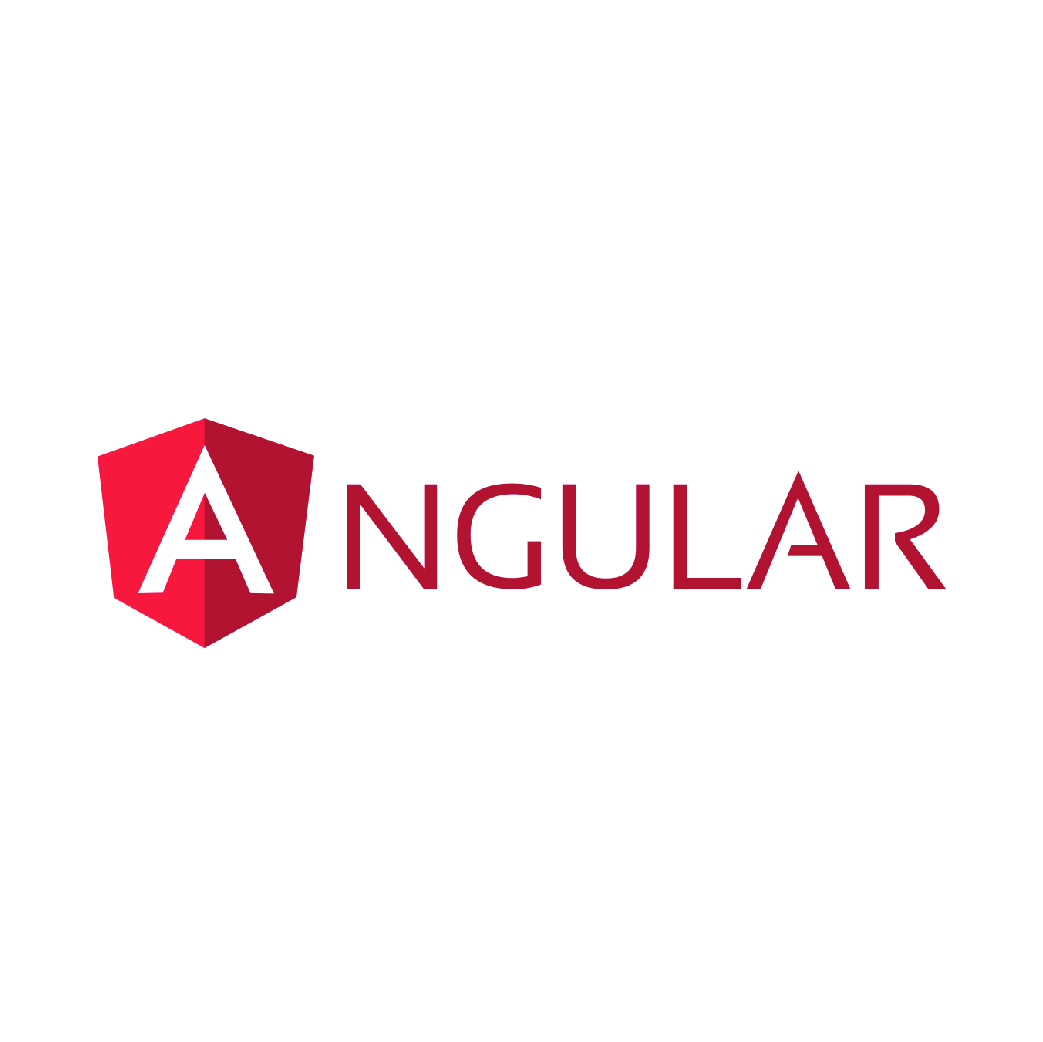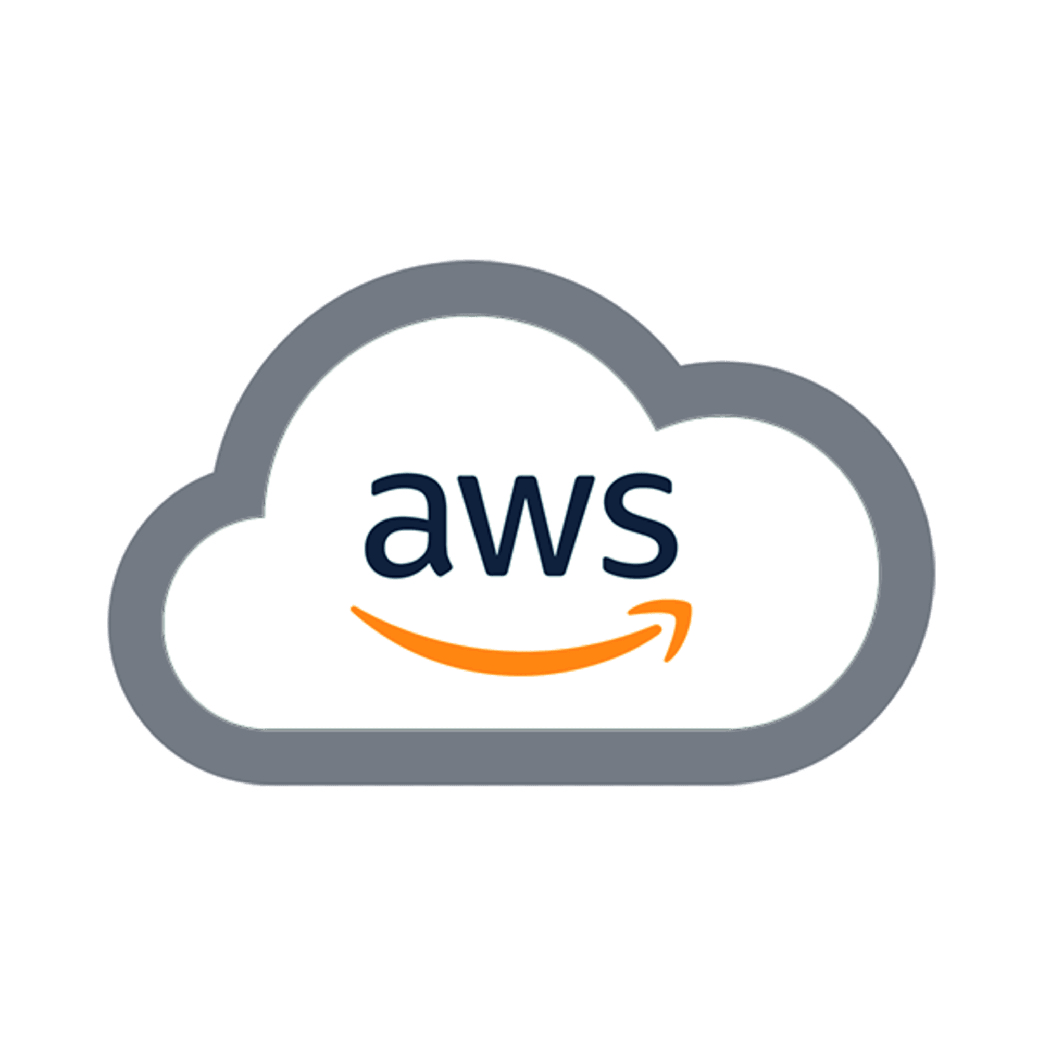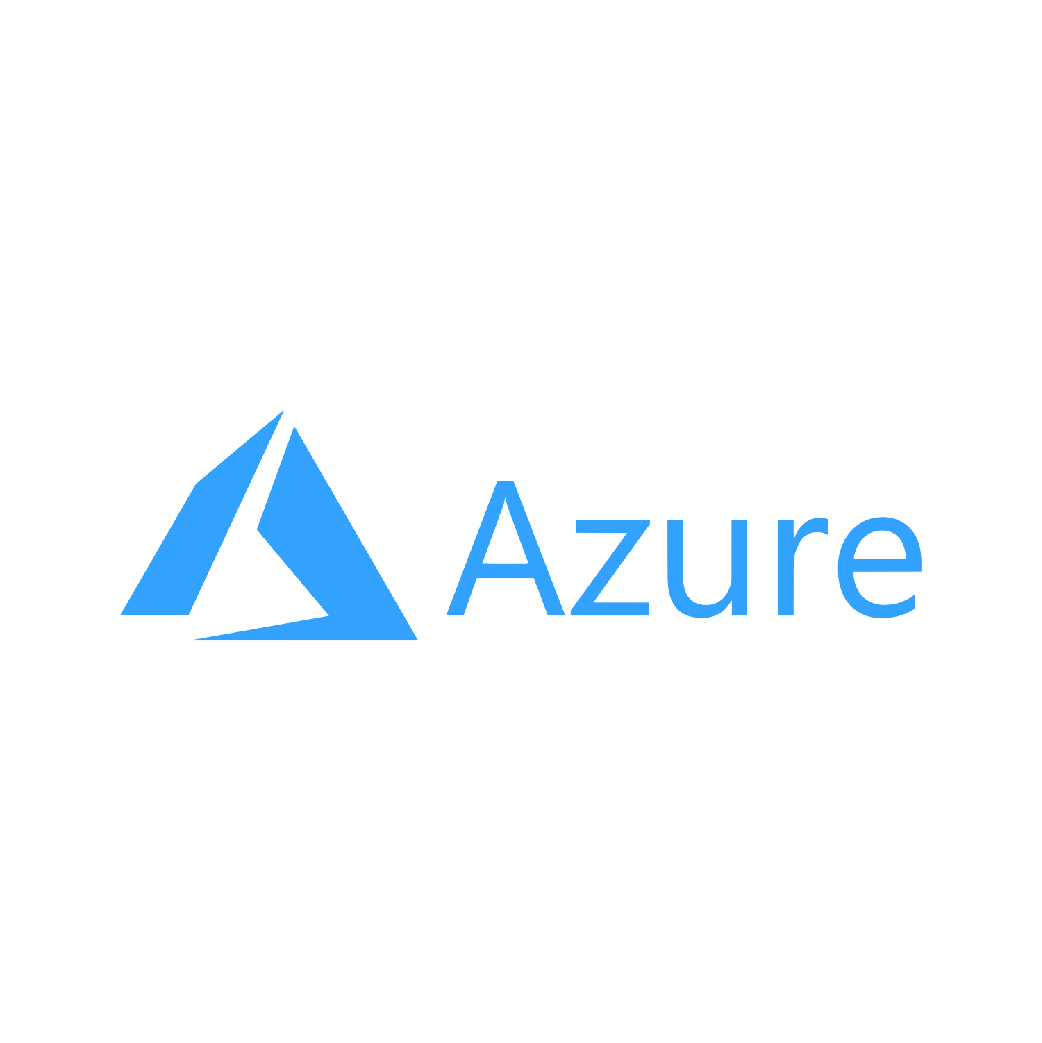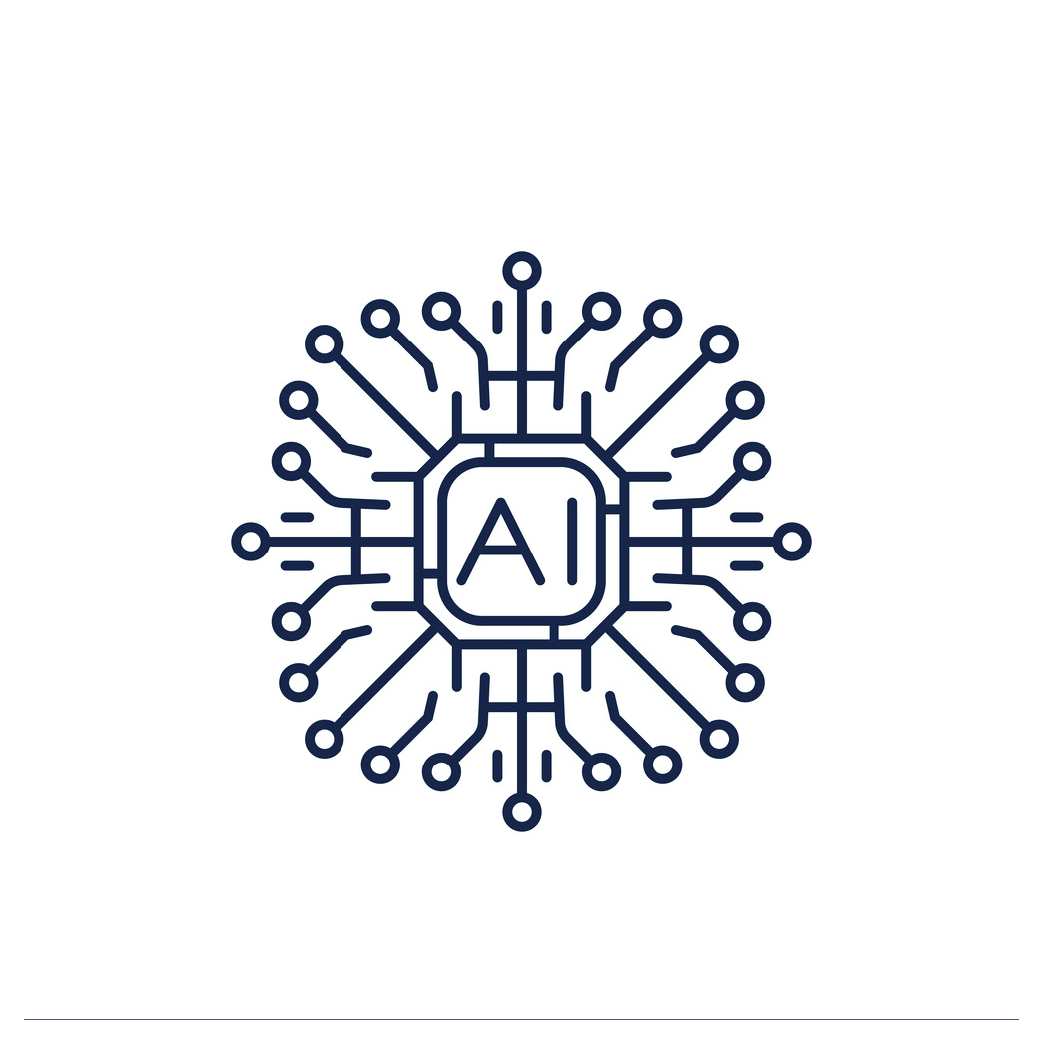Irrespective of the use case, you should always consider what requirements the environment, the assets to be tagged, and also the future will place on the tags. For example, do the tags need to be shatterproof, waterproof, dustproof, antistatic or antiseptic? Are they exposed to UV radiation, or perhaps should certain sensors be integrated for temperature or acceleration measurement for a future expansion of RTLS use cases.
In addition to the use cases and environmental conditions, accuracy is also a relevant factor in the selection of tags. For most use cases, zone-accurate tracking is sufficient. In the end, this also always reduces the hardware costs of an installation. Think prior about which accuracy scenario applies in your case, because the selection of the tags is also based on this. It’s easy to see that choosing the right tags depends on many different factors. Especially when you are at the beginning of planning for an RTLS solution, the choice and options can be overwhelming. That’s why it’s best to take a step-by-step approach. Look at the criteria mentioned, such as environmental conditions, accuracy, type of assets and future planning, and work out the most important requirements. Once these frameworks are set, TW will help you find the right tags based on your input.
Being aware of location tracking versus ranging is important, since that affects what infrastructure is involved. Location tracking requires tags, anchors and location engine, while ranging only requires tags. They also have different use cases , workflows- while location tracking involves tracking the direct position of assets, ranging is usually used in safety-related collision avoidance scenarios with lower latency requirements as tags can communicate with each other. In addition, ranging allows for individual door access, traffic control systems, on-demand ventilation and the creation of geofenced safety zones.
Do you want location tracking, ranging, or both?
What are you tracking?
Do you need to comply with any regulations?
While some companies only require an RTLS for one use case, others may want to track assets and improve worker safety concurrently. If there’s a need for a combination of multiple applications, TW RTLS offers a 3-in-1 solution that saves customers time to market and reduces the amount of technologies required to a minimum.
Understanding that Every facility has its unique array of pain points, and no individual RTLS solution is likely to address each of them with equal effectiveness and efficiency is essential. The complexity of locating assets, protecting patients and staff, as wells as sensing and measuring environmental conditions requires a combination of diverse technologies. Get more out of your deployment by developing custom applications which benefit from location-based services. Use both software and hardware to scale your solution across different projects and environments. Benefit from a low maintenance system, low total cost of ownership & high operational value.
